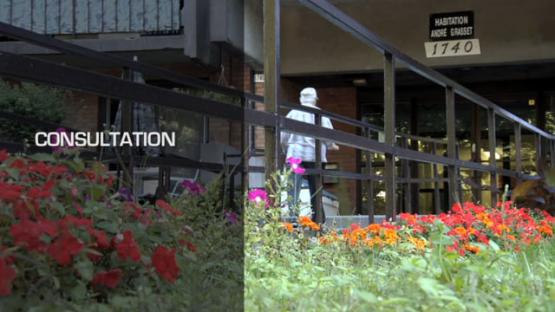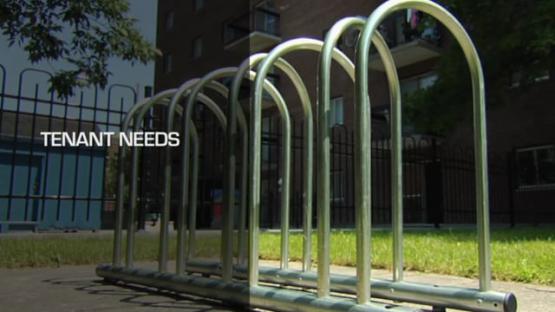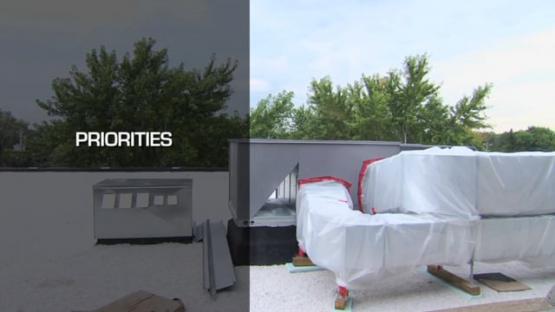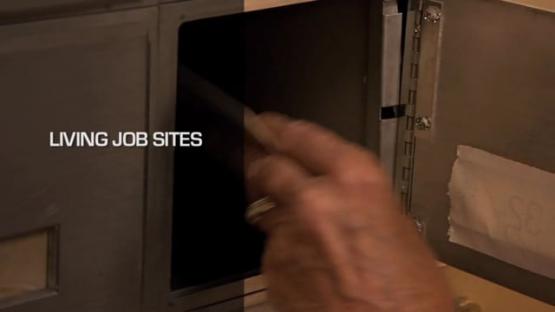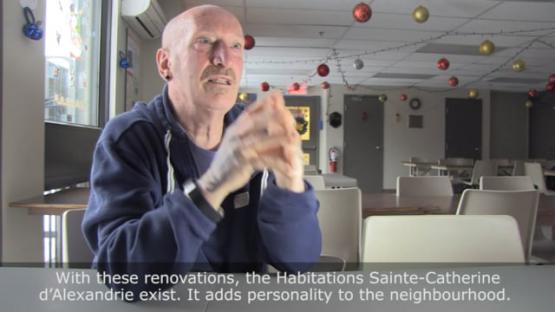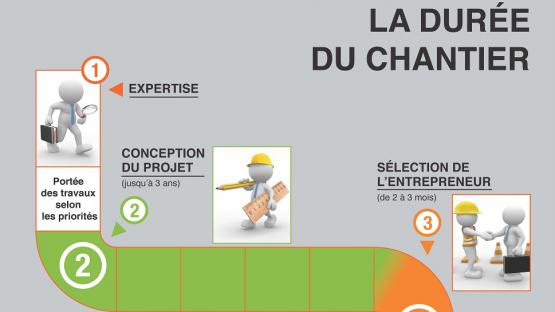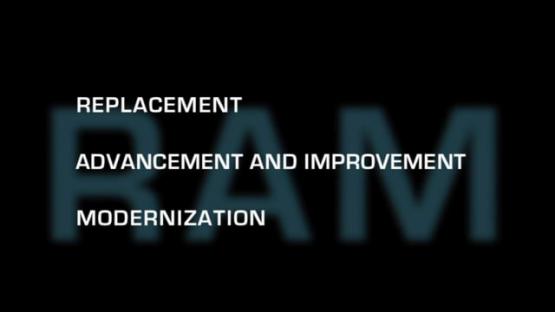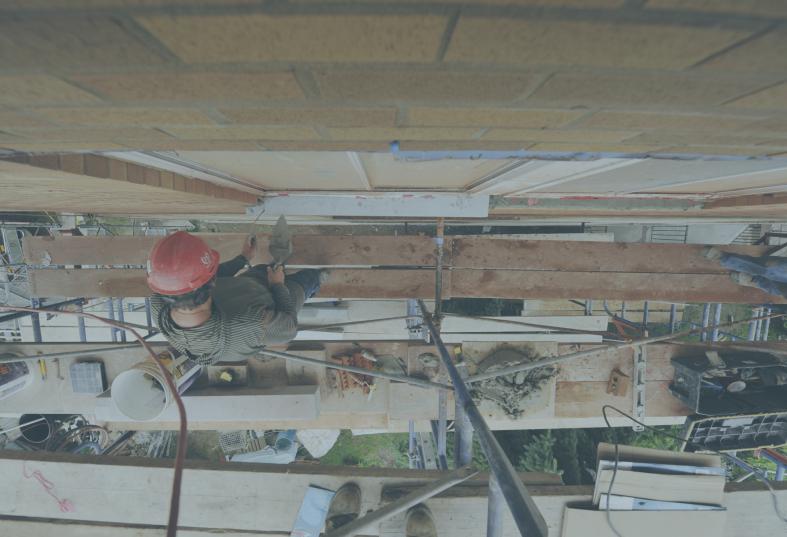
Planning OMHM's major work
Taking care of Quebec’s largest housing stock
The OMHM has a housing stock valued in September 2024 at more than $5,2 billion. Since 2020, more than $544,8 million was invested in replacement, improvement and modernization of buildings by the Société d’habitation du Québec (SHQ), the Canadian Mortgage and Housing Corporation (CMHC) and the Communauté métropolitaine de Montréal.
Over the next few years, the OMHM intends to continue its renovation efforts, because a low-rent housing stock in a good condition helps keep tenants safe and facilitates the integration of residents into the neighbourhood.
The OMHM has documented its major works approach in several videos.
Continuous inspections
All our buildings and apartments are inspected as a preventive measure. The purpose of these inspections is to meet, among other things, the requirements of both the Régie du bâtiment and SHQ as well as changes in building and construction rules.
What we discover during these inspections may result in requests for minor repairs, or may serve to determine the need for major renovations and the budgets to complete them.
Since maintenance needs of the low-rent housing stock are significant, the OMHM prioritizes its work according to the following criteria:
- tenant health and safety (e.g. balconies, sidewalks, mould);
- effects on seals, strength or integrity of the building (e.g.: facades, windows, roofs);
- work identified as a result of inspections.
We also consider some tenant requests.
Planning of renovation projects
Whenever possible, the OMHM consults with tenants in low-rent housing affected by the work (see the page Accompanying tenants). The OMHM listens to their ideas and concerns because they are in the best position to explain how the building is used. The work is an opportunity to ultimately improve their environment and quality of life. These consultations also boost tenants' acceptance of the work and strengthen their sense of belonging in their environment.
One of our tenants shows the impact of the work on his life.
All tenants are strongly encouraged to participate in these meetings that are announced in the building.
Based on feedback from tenants, the OMHM’s professionals are better equipped to design a project that meets both their needs and those of the building.
Contractor selection and site preparation
The contractor responsible for the work is selected by public tender. As soon as the contractor is known, the firm is introduced to tenants at an information meeting organized a few days before the start of the project. This is an opportunity to establish a spirit of collaboration, which usually facilitates the work.
During the work
It is important to note that the work is generally done while the tenants are present.
A team of OMHM employees is available at all times to accompany the tenants. They organize personal meetings and help minimize the effect of the project (through activities, compensation or relocation of some tenants).
Group meetings and meetings halfway through the project are also held in collaboration with tenant associations and community resources.
Duration of projects
The duration of a project may vary greatly depending on the work to be done.
For example, in the case of a new roof to be installed, it may take about five months between the decision to proceed with the work and the installation of the roof by the contractor.
For medium-sized work that is of average complexity (for example, replacing doors and windows), it takes approximately eight months after the decision is taken for the project to begin.
Tomorrow’s low-rent housing
Some projects are so extensive that the visual aspects and the living environment are completely transformed. These large-scale projects, with extensive budgets, enable the replacement, improvement or modernization of several important components in a building. They can last for more than a year and require continued support offered to tenants.
In these projects, consultations with tenants begin early and discussions centre around topics such as lifestyle habits or comfort, and the presentation of different options (kitchen layout, choice of materials or colours of common areas).
The OMHM calls these major projects the low-rent housing of the future. The following buildings are included: Habitations Saint-Michel Nord, Habitations Plamondon, Habitations Workman-Notre-Dame, Habitations Terrasse-Ontario, Habitations Drolet and Habitations Dollier-de-Casson.
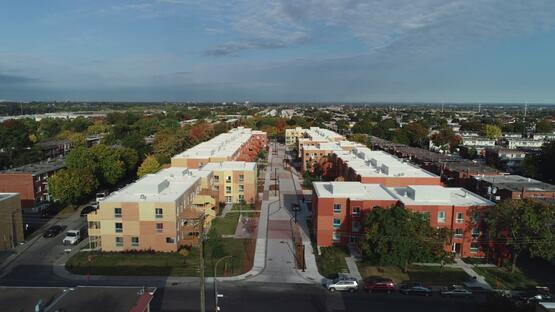
Habitations Saint-Michel Nord, after major work
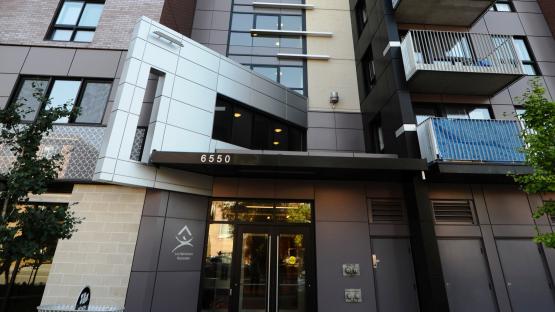
Habitations Plamondon
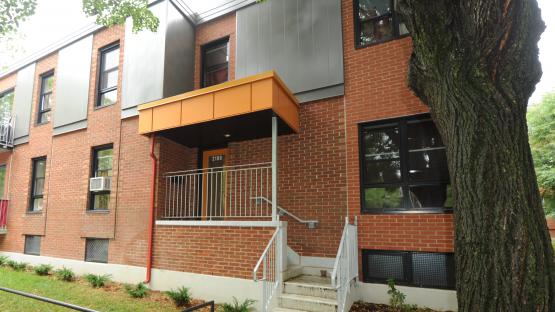
Habitations Workman-Notre-Dame
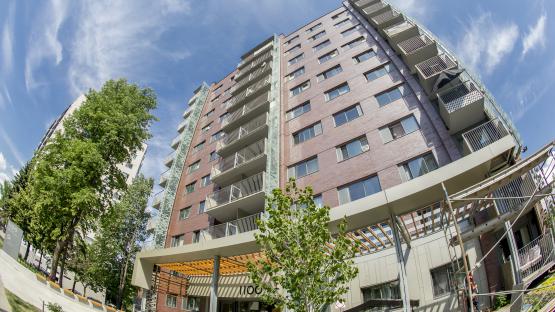
Habitations Terrasse-Ontario
Habitations André-Grasset
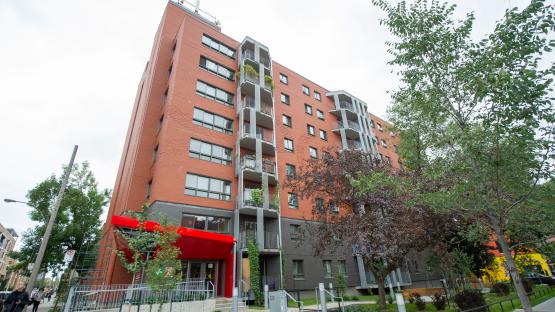
Habitations Drolet

